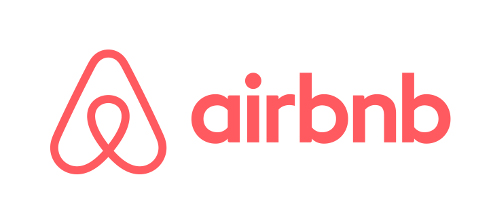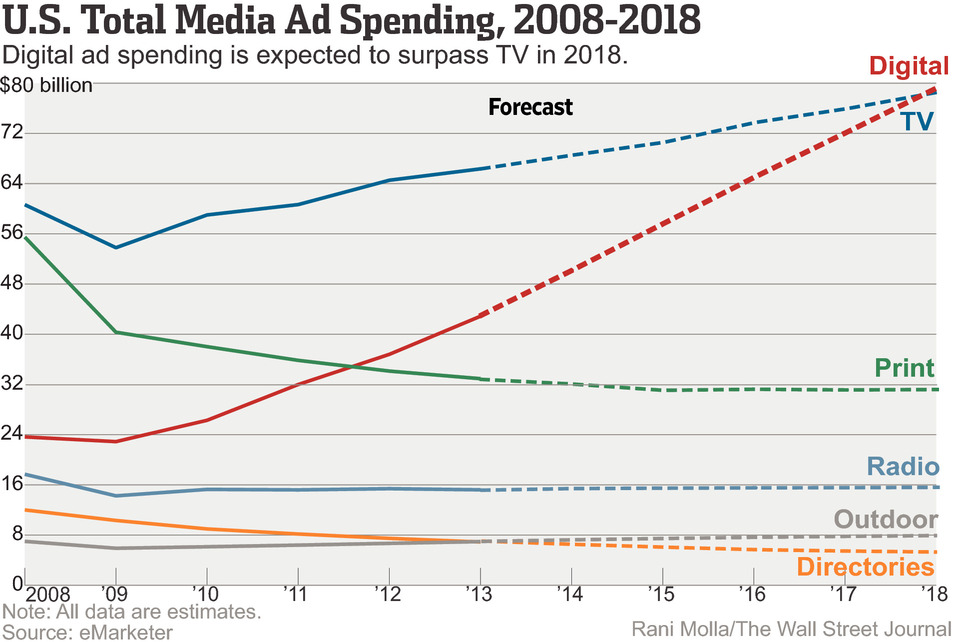
Airbnb recently became the latest tech company to turn to print marketing with the reveal of its new print magazine, Pineapple.
Many companies have been adding digital elements to their traditional marketing strategies for years now. This move typically began with a website and grew to include intricate digital strategies like social media, mobile apps, email marketing and much more.
But what about the companies that began in the digital realm? As the digital landscape becomes increasingly crowded, many are looking for ways to distinguish themselves and this often means moving toward print marketing, as counterintuitive as it may seem.
For Airbnb, print is the distinctive element. Here’s how the company describes the purpose of the magazine:
This is a printed magazine where honest stories are told by the unexpected characters of our community. It is a crossroad of travel and anthropology; a document of community, belonging and shared space.
Speaking to AdWeek, Airbnb CEO Jonathan Mildenhall said the magazine “will combine the emotional and practical sides of traveling by giving a comprehensive guide to neighborhoods and cities, as well as capturing the sense of belonging that comes from a memorable trip.”
It’s telling that the word “belonging” shows up in both descriptions. The company touts the slogan “Belong Anywhere” across its website, focusing heavily on the community it fosters among its users.
*Sidenote: The name Pineapple comes from colonial New England, where the fruit was a symbol of hospitality.
Building a Tech Brand Through Print
When it comes down to it, Airbnb essentially does one thing: hosts use the service to provide a room (or rooms) in their homes to Airbnb users (typically travelers). The company is providing the service and not the product, which is why the focus on building community is so important.
“Airbnb may not be supplying the end product, but it’s sure selling an experience,” writes Tessa Wegert at Contently.com, “and when a brand facilitates a P2P [peer-to-peer] service it has to gain the trust of users on all sides.” The article also highlights an Altimeter Group report naming a “desire for community” as a driving force behind Airbnb’s success.
In theory, strangers staying in strangers’ houses and sleeping in their beds seems a little creepy. But knowing that you “Belong Anywhere” – or, are a part of a community – makes the arrangement more inviting. The more people know of, talk about and use Airbnb, the less it seems like an anomaly to stay in someone else’s home; it begins to feel like you are part of something bigger.
Part of what has led to the growth of Airbnb is travelers that have used the service recounting their experience to others. Pineapple is the latest attempt to scale that sharing on a larger scale.
Why a Print Magazine Helps Airbnb
The magazine spreads the company’s message through feature articles and photo spreads on three Airbnb cities: London, Seoul and San Francisco (the latter is where Airbnb is based). Exemplifying the company’s community-first message, the article on San Francisco doesn’t focus on the city as a whole, but rather individual San Fran neighborhood of Outer Sunset.
The four-color, glossy magazine features articles and photography from freelancers, though the magazine was put created and managed by an internal team at the company. Noticeably, the first issue has no ads – the bill is being footed by the company. However, Andrew Schapiro, head of brand creative for Airbnb, told the New York Times that the company is looking at “ways of scaling this idea going forward.”
Schapiro also told the Times that 18,000 copies of the magazine will be distributed to Airbnb hosts internationally, and that a limited number will be available in bookstores in North America and Europe.
Building Brand Loyalty Online
So far it appears the company’s approach is working. According to Inc. – which coincidentally just named Airbnb its 2014 Company of the Year – the service now has 800,000 host listings worldwide along with 20 million users. Of those, 10 million used the service in 2014 alone. For comparison: Airbnb offers more lodging than any hotel chain worldwide.
That last statistic may be somewhat related to Airbnb’s goal for the magazine. The NYTimes article quotes NYU professor Bjorn Hanson as saying most hotel brands offer “a publication of some form,” and Pineapple “continues to position Airbnb as a legitimate hotel brand.”
While the company serves as something of an alternative to hotels, that doesn’t mean it can’t steal a thing or two from the playbook of the hotel industry. Namely, fostering brand loyalty for a service that exists online. This may prove difficult for a company that, again, offers no actual end product. But Pineapple is a physical reminder of the Airbnb brand and it aims to foster.
A Post Script: Other Digital Companies in the Print World
Airbnb is not the only tech company moving into the print world. Another high profile company that has launched a print magazine is CNET, one of the oldest online tech publications. Music site Pitchfork launched the quarterly Pitchfork Review in December 2013, and Editorialist – a fashion accessories site founded by former Elle editors – launched a biannual print magazine that has seen good results so far.
Speaking to AdWeek, Editorialist co-founder Kate Davidson Hudson said the site has seen a “huge uptick” in conversion of the online version of content that appeared in the hard copy magazine.
“We were making an effort to find out how we can be at all of our users’ touch points throughout their day,” said Davidson Hudson. “The big missing piece of that puzzle, ironically, was having a tangible medium to connect with them on.”
AdWeek points out that, in this case, the tangible medium grants access to consumers that may not go online first: e.g. “older women who are in the market for a $1,000 bag but might not look for it on the Web.”
This last part speaks to why digital companies are turning to print, and why in many cases the move is successful. The move ensures yet another avenue of interaction with customers, and in many cases that means a whole new way of interacting offline.
It has been proven that there are differences between reading online and reading print, and this is part of what makes the printed magazine useful to some digital companies. It’s certainly not great strategy for every digital company to start issuing print magazines, but some are clearly finding that it’s a great way to expand their brand and add a new aspect to their marketing campaigns with print.









